Tomashi Jackson Across A Universe In Color And Time
Her work appropriately wanders the world from Houston to Greece, but it’s in her study of time that is her true genius.
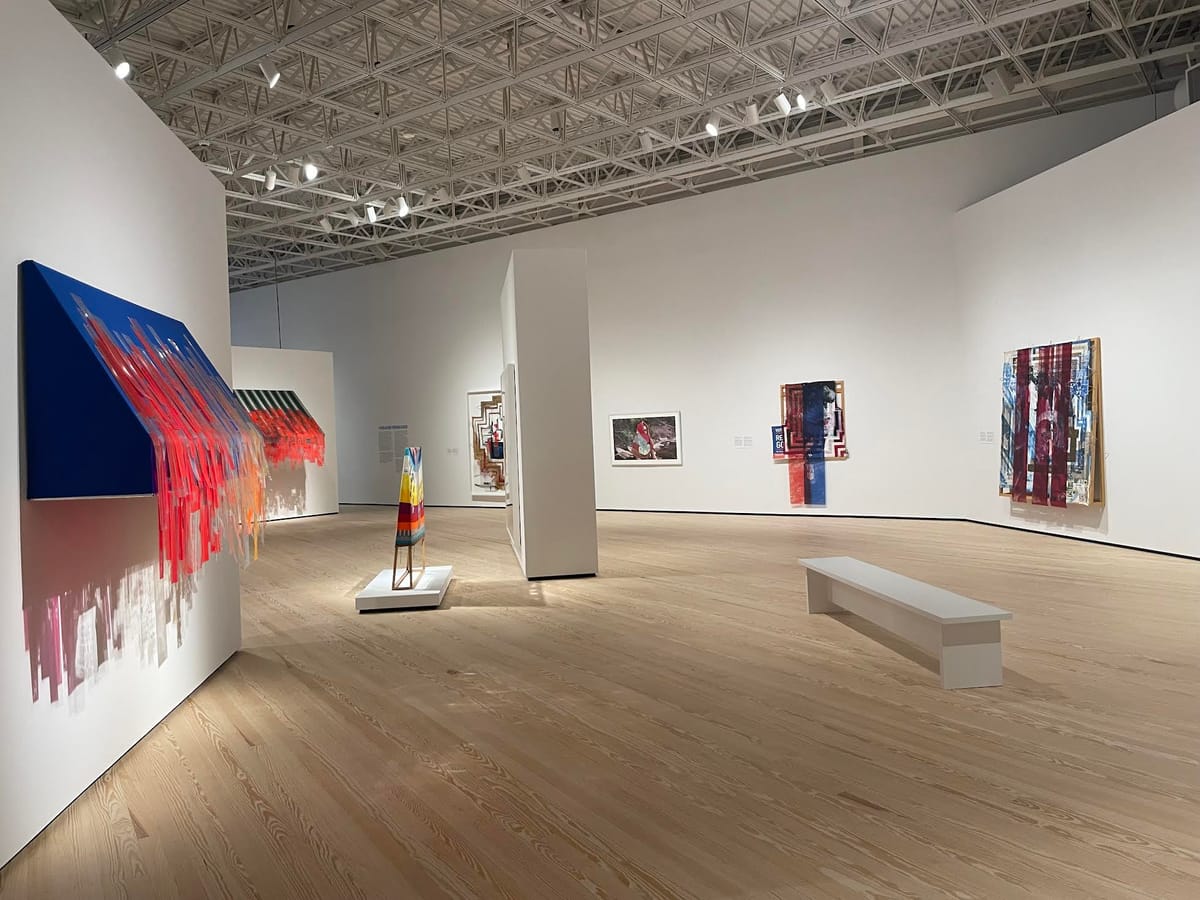
Tomashi Jackson’s mid-career retrospective exhibit at The Contemporary Arts Museum Houston may be called Across the Universe, but that title doesn’t really capture the artist’s obsession with time and duration even though it does fit her obsession with pop music. Her work appropriately wanders the world from Houston to Greece, but it’s in her study of time that is her true genius.
Born in Houston, Jackson was raised in Los Angeles and studied and worked all over the United States. This collection of her multimedia pieces is a bit of a homecoming for her. She previously came back to the city in 2015, working on new creations with support from Project Row Houses. That next year would be an impactful one for her as a Black woman focused on artistic impressions of social commentary.
In June 2015, a 15-year-old McKinney girl, Dajerria Becton, was assaulted by a white police officer, Corporal Eric Casebolt, at a pool party where someone had called in a noise complaint. The brutal assault was captured on a video that quickly went viral. In it, Casebolt slams the much-smaller child hard into the ground as she screams in pain.
One month later, Sandra Bland, a Black woman from Waller County, died in police custody after being arrested for a small traffic violation. Her death was eventually ruled a suicide, but footage from the initial arrest showed the officer, State Trooper Brian Encinia, making violent threats against Bland when she wouldn’t exit her car.
“This made it very uncomfortable and unsettling to think about moving through the Texas landscape,” said Jackson at the opening. “As a person that has connections to the city, but not really understanding the territory. And as a single black woman, right? We all look like Sandra. We all look like Dajerria.”
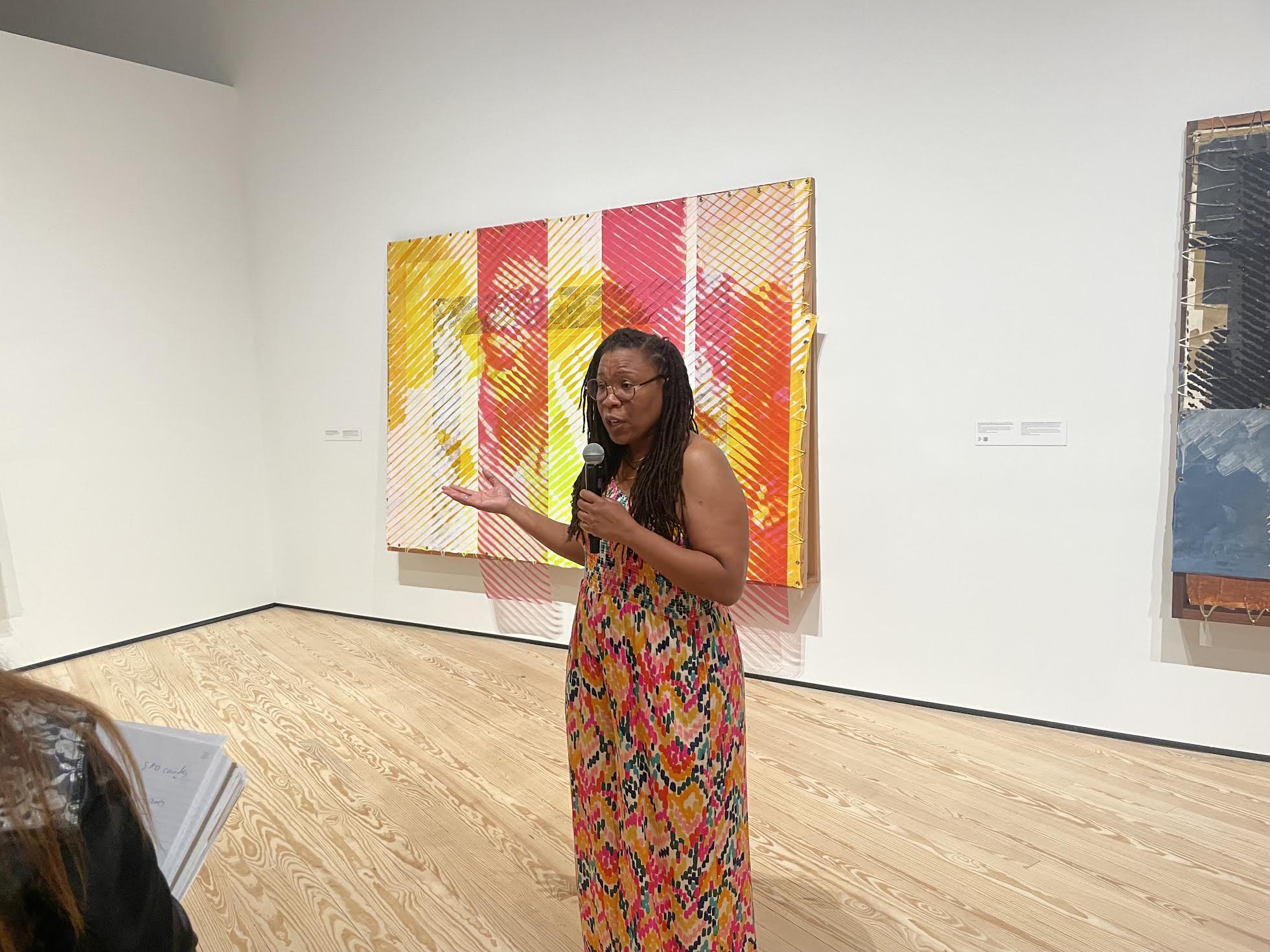
By far the most intense piece in the show is Jackson’s video installation that incorporates the sound of Becton’s assault. Two friends of Jackson’s, a white man on his feet and a Black woman on her knees, are locked into an embrace that could be conciliatory or violent depending on how you look at it. Their upper bodies and faces are covered in a cloth woven by Jackson, which slowly transitions from white to black as it is draped over the two.
It’s the best place to start looking at Across the Universe even though there is nothing else in the show really like it. The people in the piece never move, but the old-style camera work gives them an atomic vibration that crackles with life. The sound of the assault tricks the mind into giving the couple an even greater illusion of motion. Nothing should be that brutally dynamic and remain still. The entire history of racially motivated violence crawls across Jackson’s subjects and their multicolored shroud, turning a fixed moment in time to an experience that lasts minutes.
That erosion of boundaries is another hallmark of Jackson’s work. She has heavily studied Josef Albers’s use of color, sometimes called the vibrating boundaries. In short, when contrasting colors are placed next to each other, they trick the mind into a sense of motion and can even cause actual minor hallucinations. Jackson liberally uses colors in this way to blend things into each other.
“I was reading case law, and I started to see similar sorts of ideas expressed in court about lines and color, consequence and public interaction,” said Jackson. “I was thinking a lot about the value of lives of children in public space, and Black children in particular, and then all these killings are happening. All this violence is happening, and it made me start to reckon with the past and present being merged.”
At a distance and in a brief glance, Jackson’s pieces look like abstract smears. It’s only when someone takes the time to really look at them that the brilliance stands forth. Her bold use of contrasting colors combines with news images of Black history, such as the arrest of Crystal Mason for mistakenly casting a ballot or the fight against school segregation. Stories about obstacles are framed with color choices that transcend barriers, and in the friction between them all is the magic.
In two cases Jackson leaves behind traditional canvas for awnings. Red-tinged transparent strips with more images from history (the Montgomery Bus Boycott this time), hang down like blood dripping from a wound. The light of the gallery flows through them, creating a shifting aurora on the wall underneath. Color and life blend together, as does the past and present.

Jackson also incorporates industrial materials and earth in her work. Paper bags are especially prevalent, their forms stretch on canvas and adding another dimension to the pieces almost like geological strata. While on a trip to Greece with Miranda Lash, organizer of the exhibit and Ellen Bruss Chief Curator, Museum of Contemporary Art Denver, they both became enamored with the hill where the Ancient Greeks held the first known democratic votes in human history. Pentelic marble dust from that hill is worked into her piece featuring Mason, whose arrest was part of a major anti-voting crackdown by the Texas government.
“We shared a fascination with the origins of democracy and the fragility of it,” said Lash at the opening. “It existed for less than 200 years, then disappeared off the face of the Earth for millennia only to re-emerge in the U.S. One of the strengths of her work is that it talks about civil rights, economies, labor, but it’s all told through individuals. There’s this love of honoring the specificity of the stories.”
Thousands of years of history and today’s headlines are captured in Jackson’s work. With both a cunning use of the boundaries of color and the inclusion of literal detritus, she breaks the fourth dimension to present time through a Black lens in a 2.5D form. Every piece echoes with the assertion that then is now and also tomorrow. Consequently, experiencing Across the Universe can take all day to truly sink in, but it’s very worth it.
“Across the Universe” is on display at the Contemporary Arts Museum Houston through March 2026
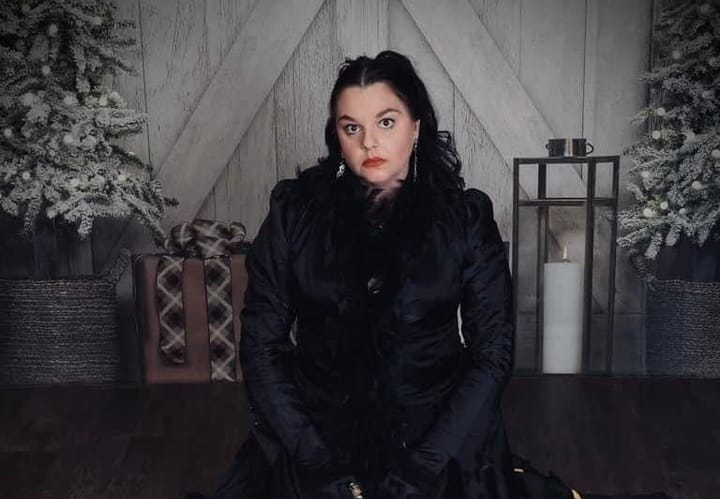
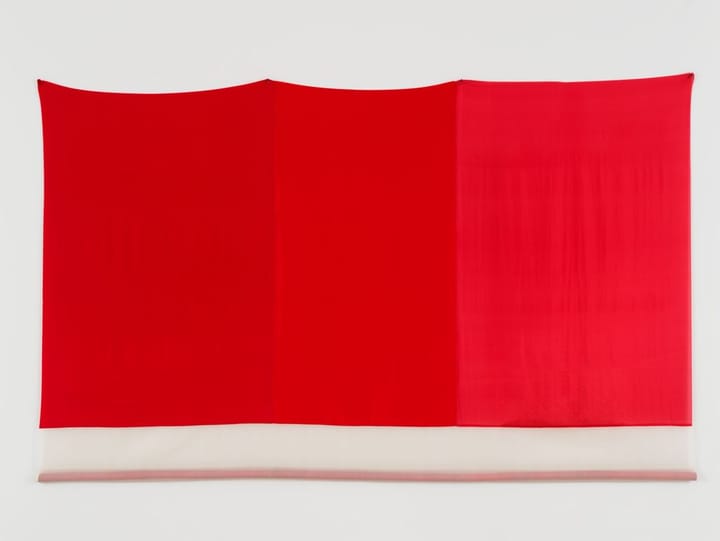
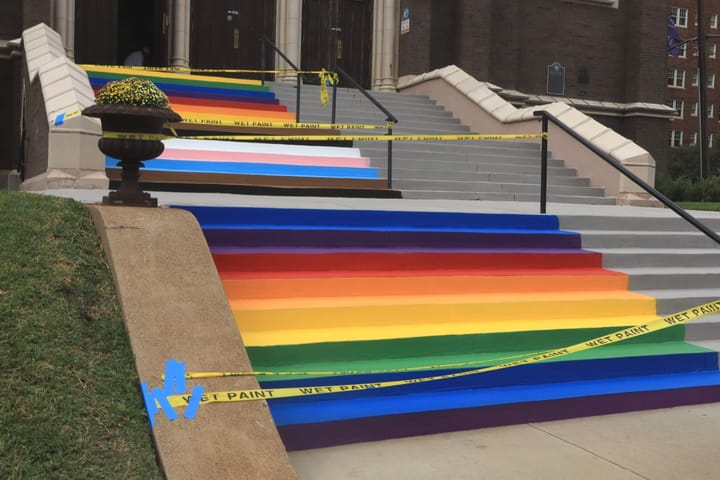
Comments ()